In the heart of New Zealand, an indie music scene is flourishing, brimming with raw talent and unique sounds that echo the diverse landscapes of Aotearoa. Yet, despite its vibrancy, the global music stage often overlooks these artists. Supporting New Zealand’s indie music scene internationally is not just about showcasing talent—it's about fostering cultural exchange, boosting the local economy, and cementing New Zealand's place on the global cultural map. This article delves into how travel experts and enthusiasts can play a pivotal role in this dynamic ecosystem.
How It Works: The Mechanics of Supporting Indie Music
Supporting New Zealand’s indie music scene internationally involves a multi-faceted approach, integrating digital platforms, international music festivals, and collaborations with global artists. The digital age has transformed how music is discovered, with platforms like Spotify and Bandcamp allowing Kiwi artists to reach international audiences without leaving home. According to Stats NZ, the digital economy accounted for 8% of New Zealand's GDP in 2022, underscoring the potential impact of digital music distribution.
Digital Platforms: The New Frontier
Platforms such as Spotify, Apple Music, and SoundCloud offer indie artists a chance to showcase their music to global audiences. For instance, the New Zealand band Six60 has leveraged Spotify's global reach to become one of the country's most successful music exports. Travel experts can support these artists by curating playlists, promoting them on social media, and encouraging fans to follow and share their music.
International Music Festivals: Bridging Cultures
Festivals like South by Southwest (SXSW) and Glastonbury are prime opportunities for New Zealand artists to gain international exposure. These events attract industry professionals, media, and music lovers from around the world, providing invaluable networking opportunities. By advocating for and supporting Kiwi artists’ participation in such festivals, travel experts can help bridge cultural gaps and foster international collaborations.
Collaborations and Partnerships
Collaborative projects with international artists can significantly boost a Kiwi artist’s profile. For example, the New Zealand band Broods collaborated with American artist Troye Sivan, which expanded their reach and introduced them to new audiences. Encouraging and facilitating such partnerships can open doors for more Kiwi musicians on the world stage.
Comparative Analysis: New Zealand vs. Global Indie Music Support
While New Zealand’s indie music scene is vibrant, it faces unique challenges compared to other countries. For instance, Australia's government invests heavily in its music industry, with initiatives like the "Australia Council for the Arts" providing significant funding for artists. In contrast, New Zealand's funding is more limited, necessitating alternative support mechanisms.
Government Support and Funding
New Zealand’s government provides some support through agencies like Creative New Zealand, but industry insiders note that more could be done to match international counterparts. According to MBIE, increasing investment in the creative industries could lead to a 5% rise in GDP over the next decade.
Industry Collaboration
In countries like Sweden, collaboration between tech companies and musicians has led to significant growth in the music industry. New Zealand can learn from this model by fostering partnerships between local tech firms and musicians, enhancing the digital music experience and expanding global reach.
Common Myths & Mistakes
Several misconceptions hinder the growth of New Zealand’s indie music scene:
- Myth: "International success is only for mainstream artists." Reality: Indie artists can achieve global recognition with strategic marketing and digital presence.
- Myth: "Local music isn’t appreciated abroad." Reality: New Zealand's unique sound is a selling point, attracting niche audiences worldwide.
- Myth: "Social media doesn’t significantly impact music careers." Reality: Artists who actively engage with fans on platforms like Instagram and TikTok often see increased streams and sales.
Future Trends & Predictions
The future of New Zealand’s indie music scene is promising, with several trends poised to enhance its global presence:
- By 2028, the integration of AI in music curation will personalize listener experiences, boosting indie artist visibility (Source: Deloitte Music Report 2024).
- Virtual reality concerts are expected to gain traction, offering immersive experiences and reducing travel barriers for international fans.
- Increased investment in music tech startups will lead to innovative platforms that support indie artists in reaching global audiences more effectively.
Conclusion: Final Takeaways & Call to Action
Supporting New Zealand’s indie music scene internationally requires a concerted effort from travel experts, industry professionals, and music enthusiasts. By leveraging digital platforms, promoting participation in international festivals, and fostering collaborations, we can elevate Kiwi artists on the global stage. What’s your next step in supporting this vibrant scene? Share your thoughts and join the conversation!
People Also Ask (FAQ)
- How does supporting indie music benefit New Zealand's economy? Supporting indie music can boost tourism, create jobs, and increase New Zealand's cultural exports, contributing to economic growth.
- What challenges do New Zealand indie musicians face? Challenges include limited funding, geographic isolation, and competition from larger markets.
- How can I support New Zealand indie musicians? Stream their music, share it on social media, and attend live shows or virtual concerts.
Related Search Queries
- New Zealand indie music scene 2025
- How to promote Kiwi musicians
- Best platforms for indie music discovery
- International music festivals for indie artists
- Supporting local artists globally


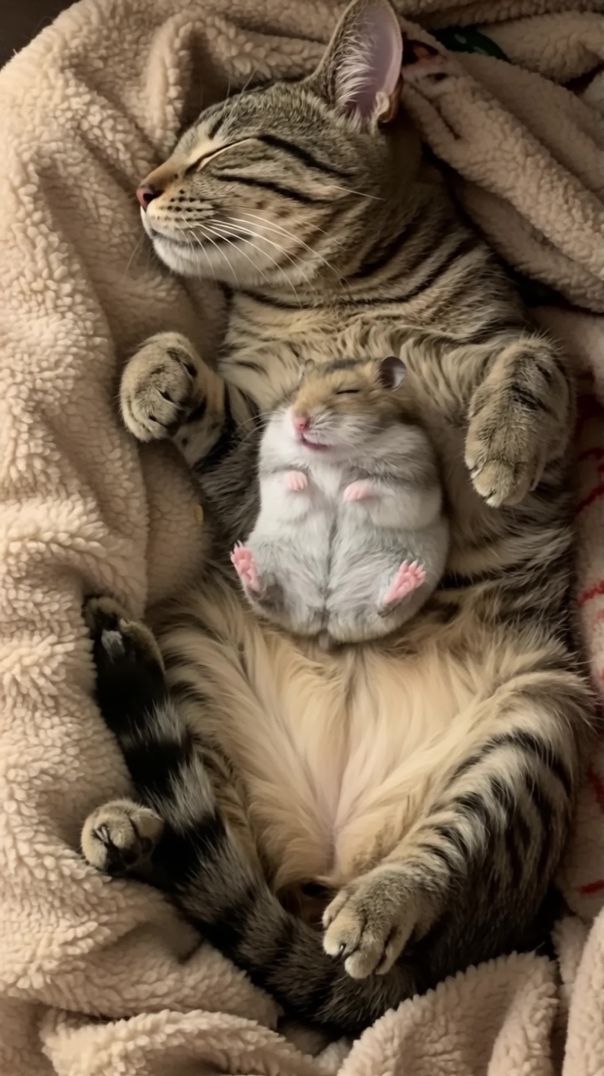
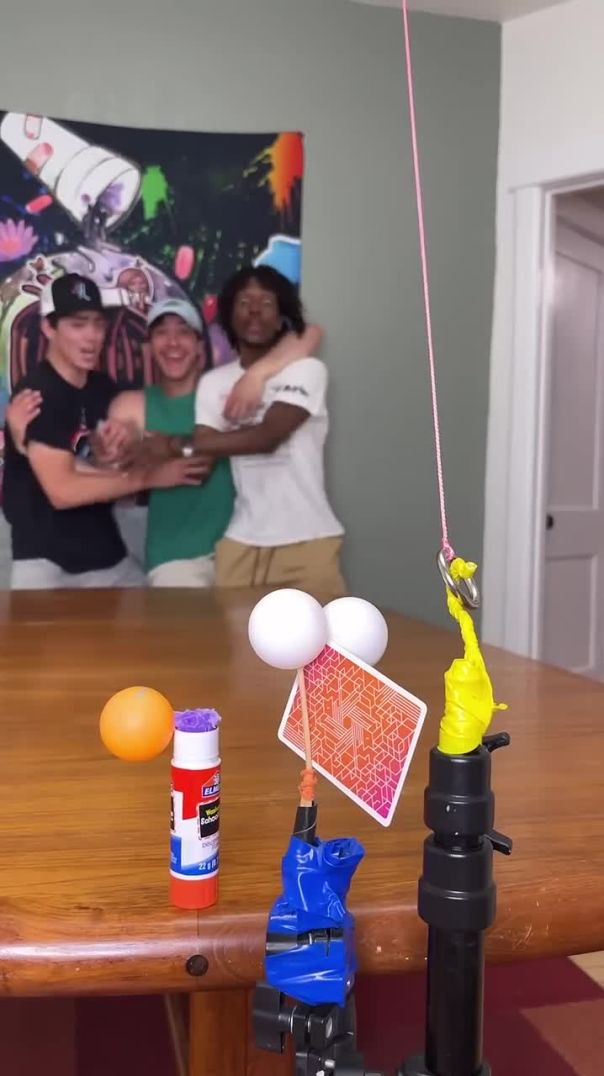


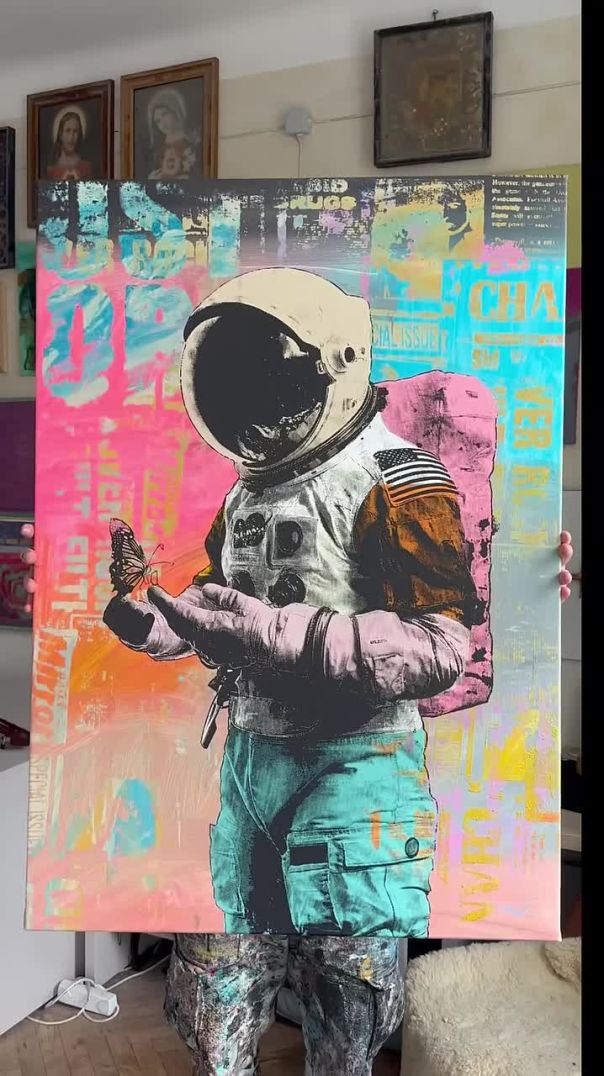

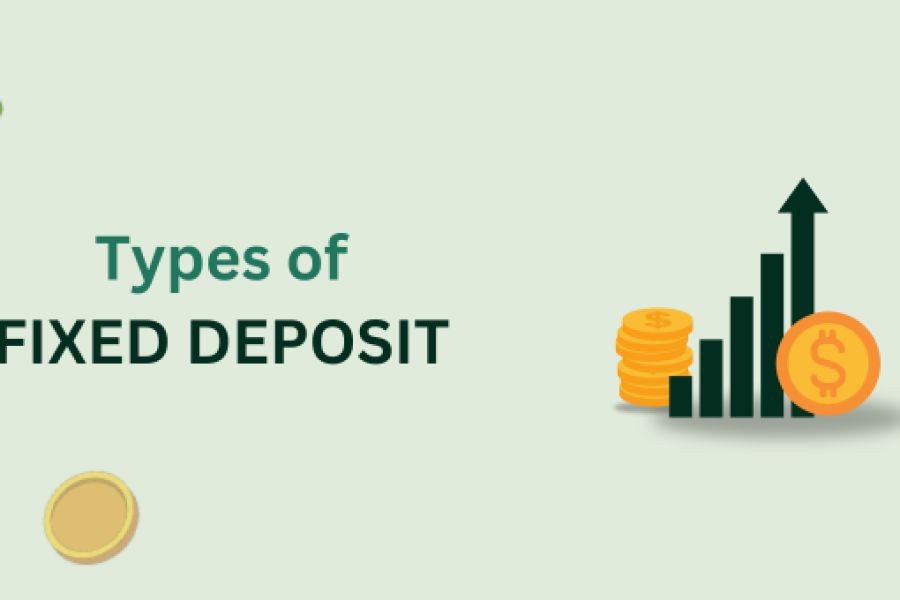
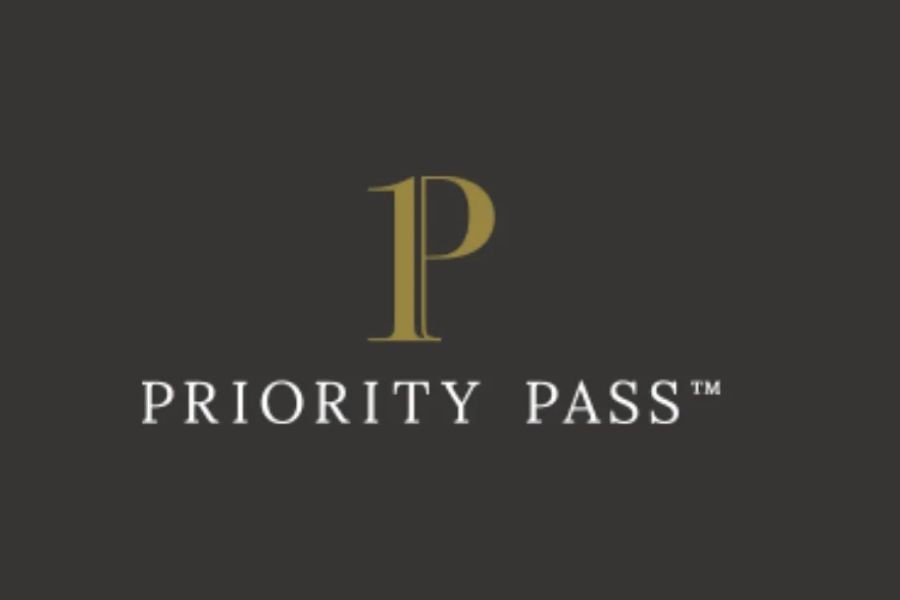



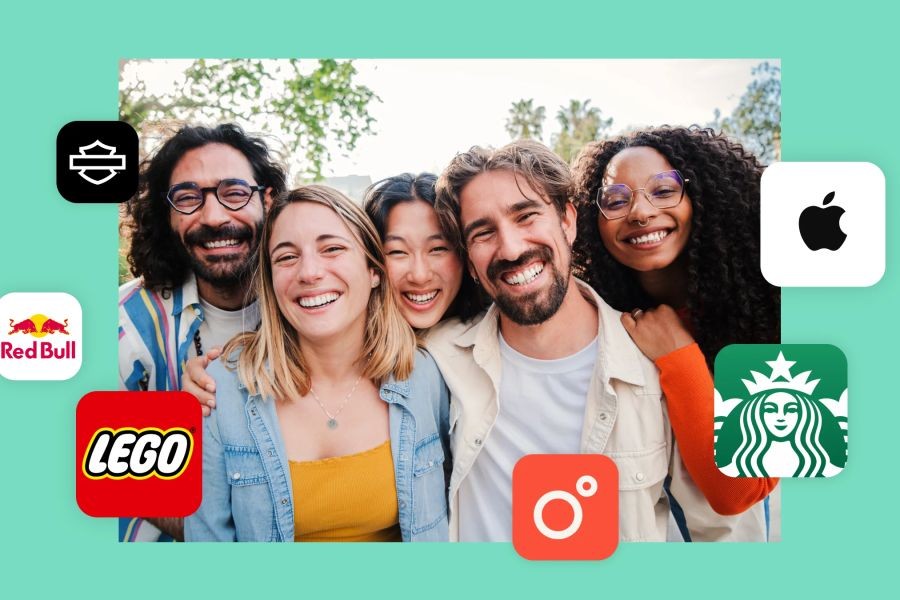
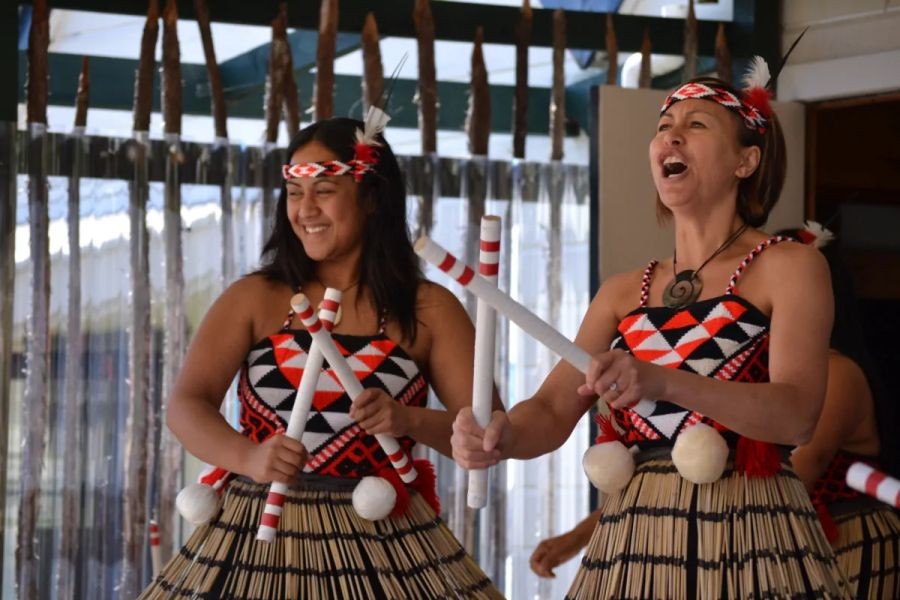

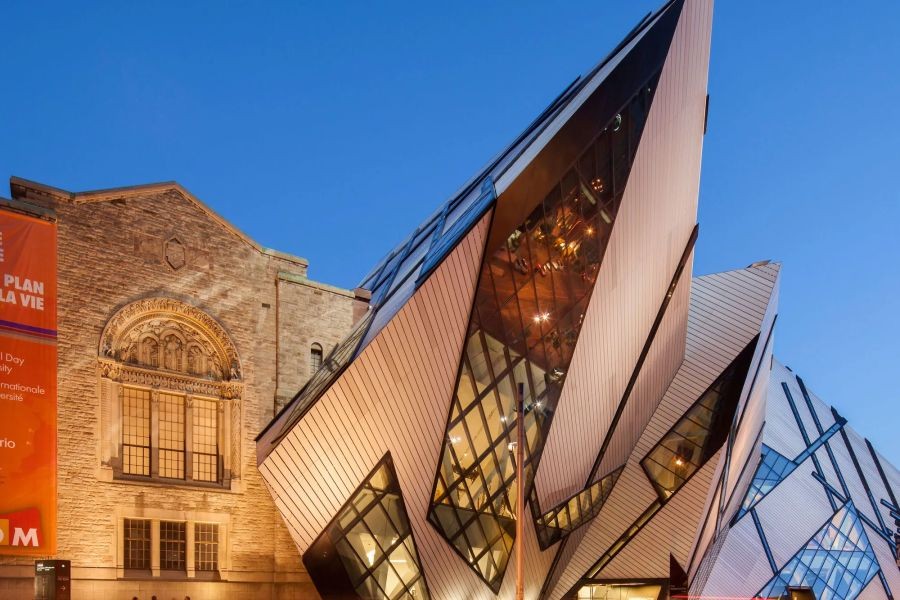
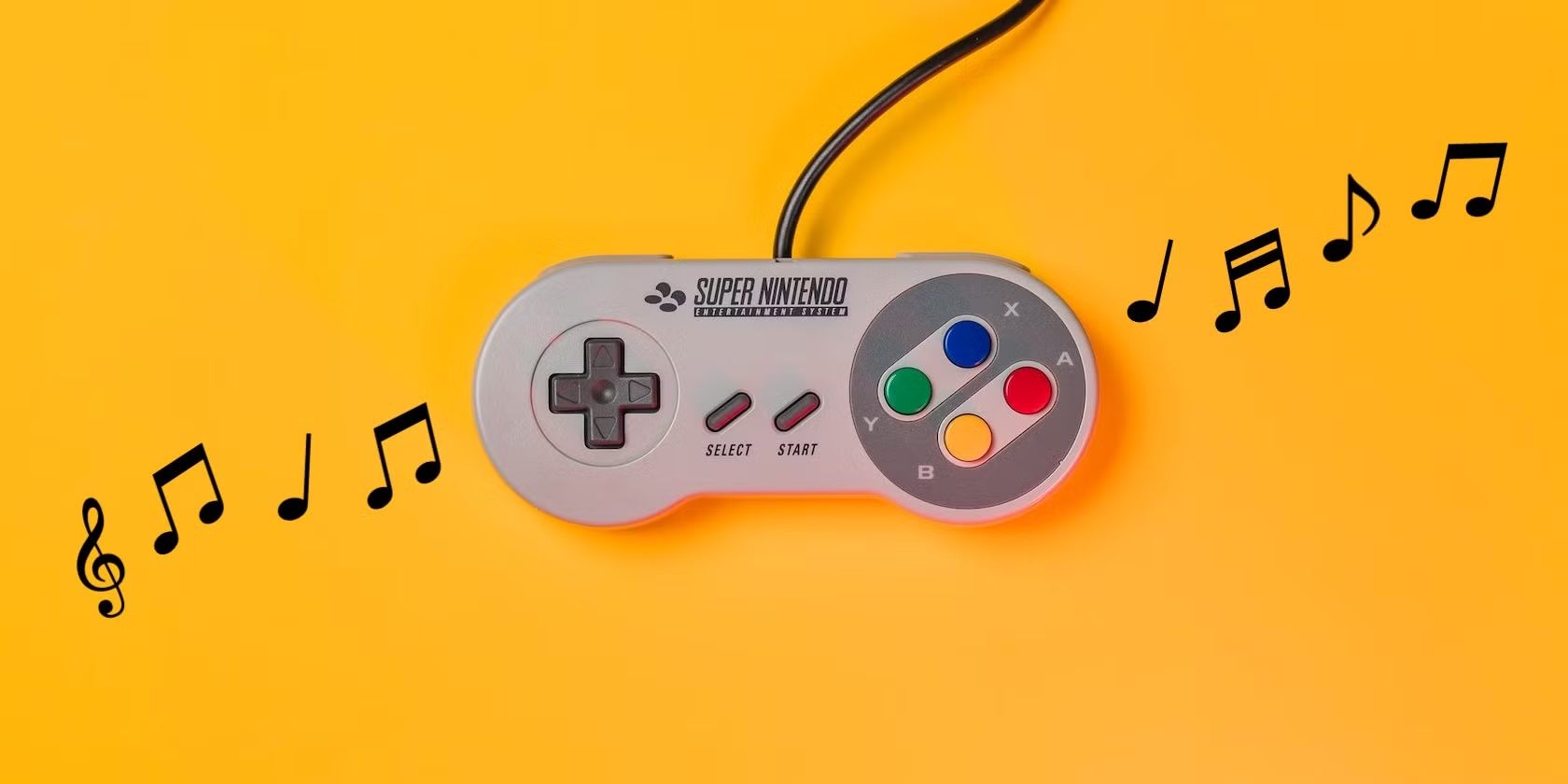
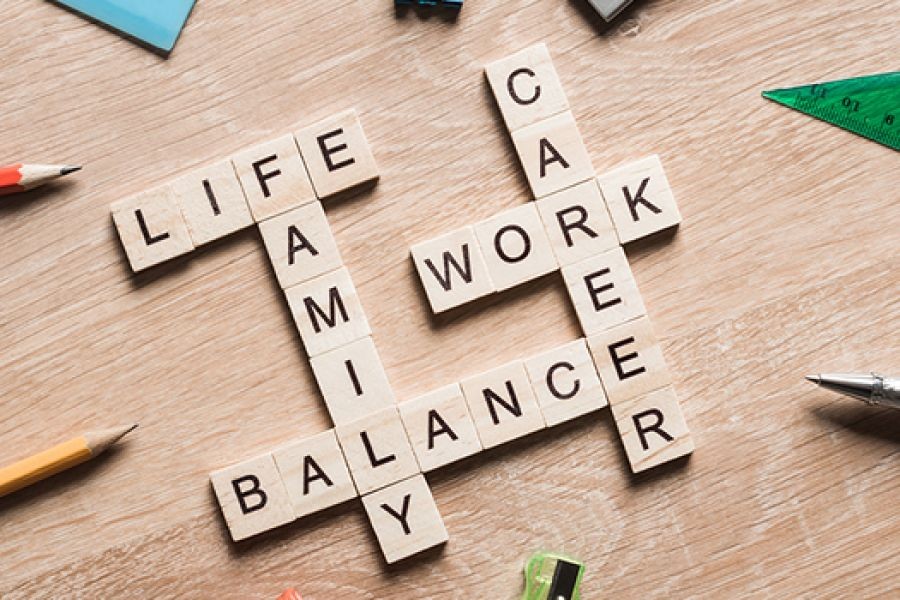
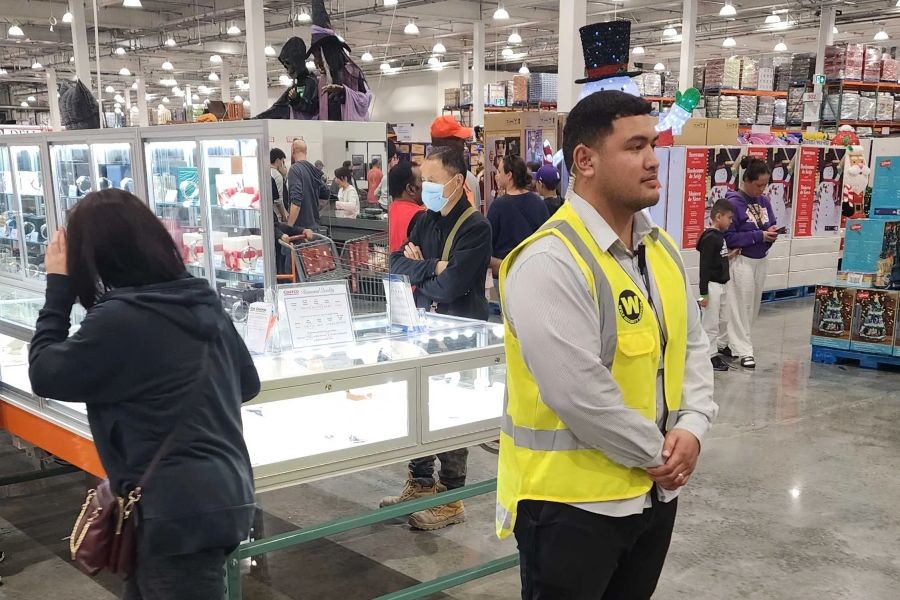
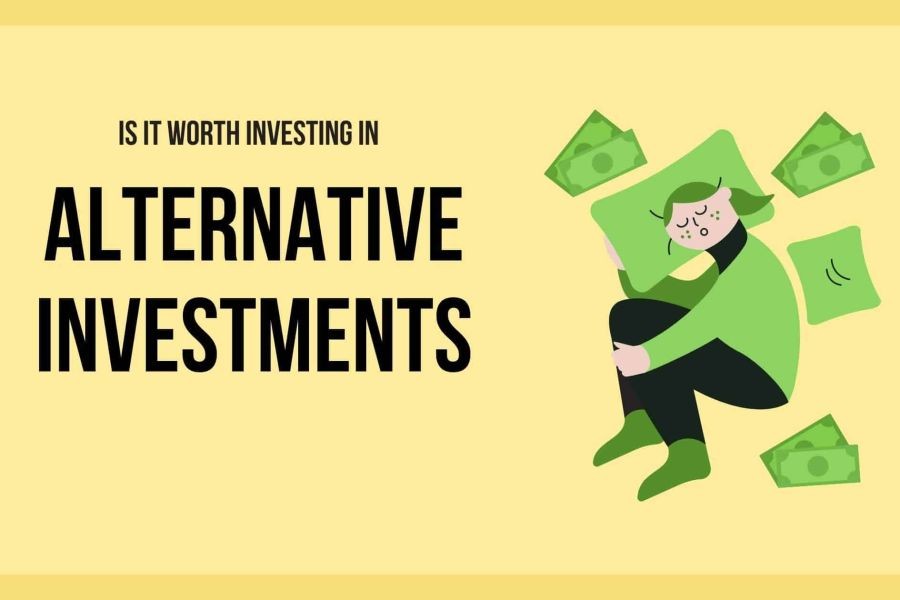


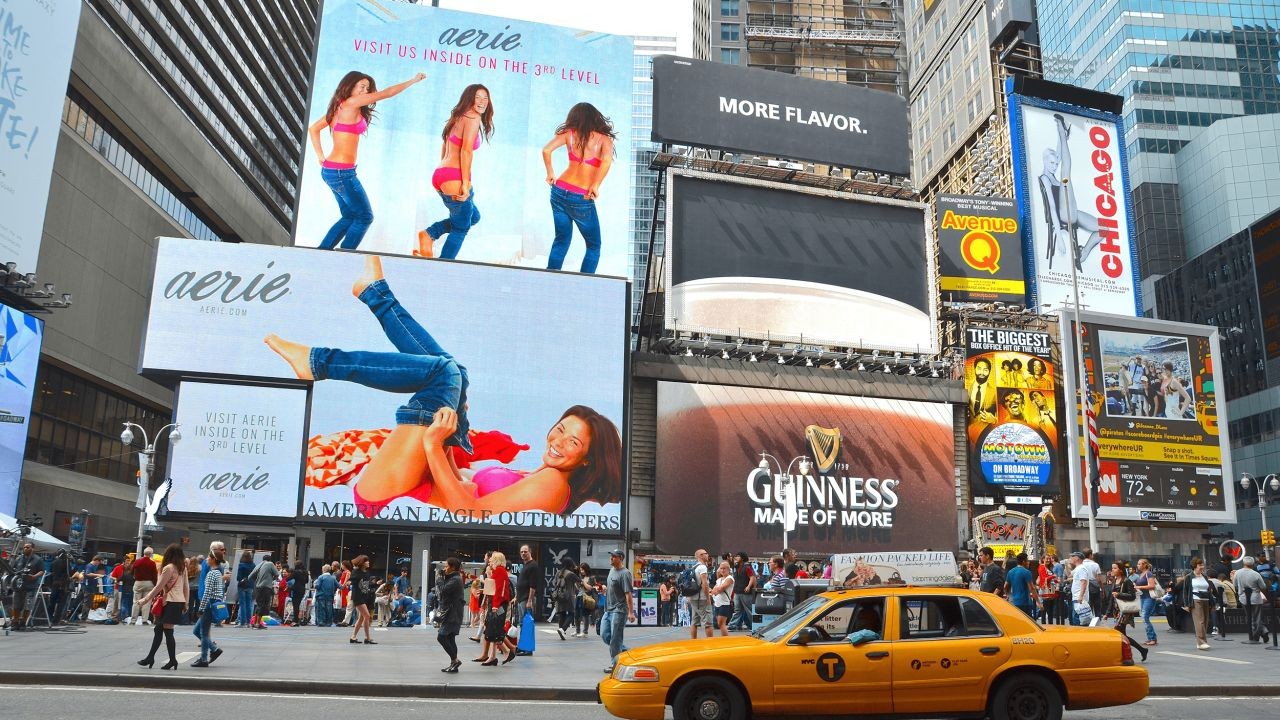




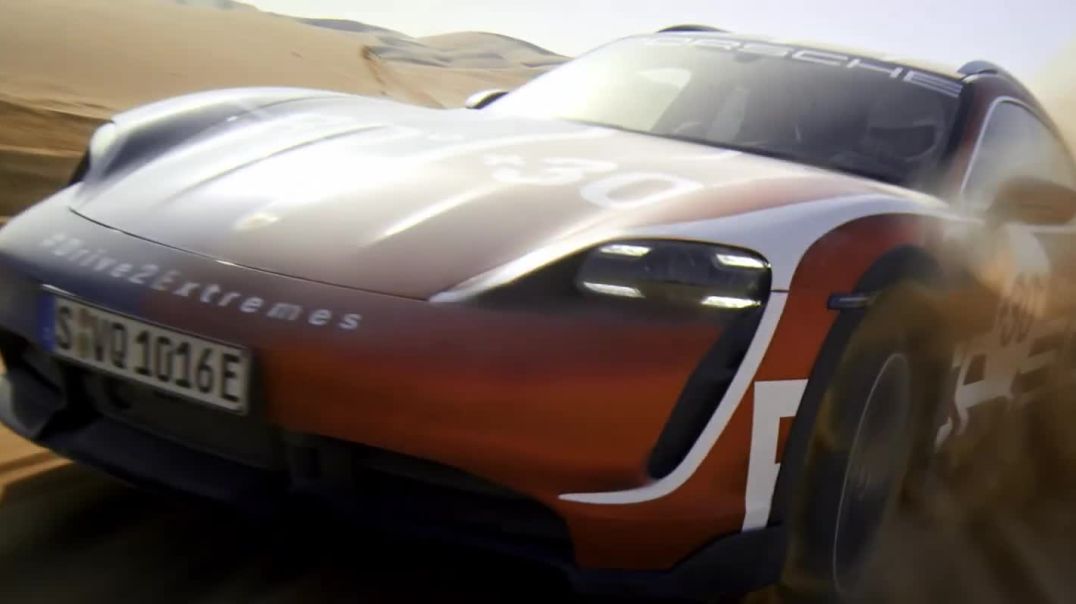


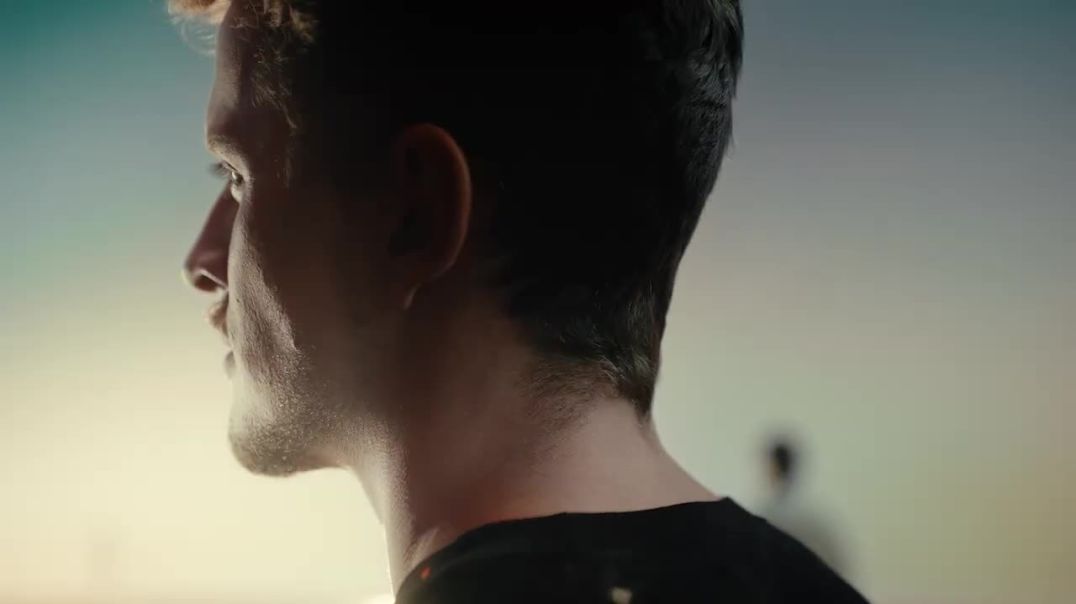
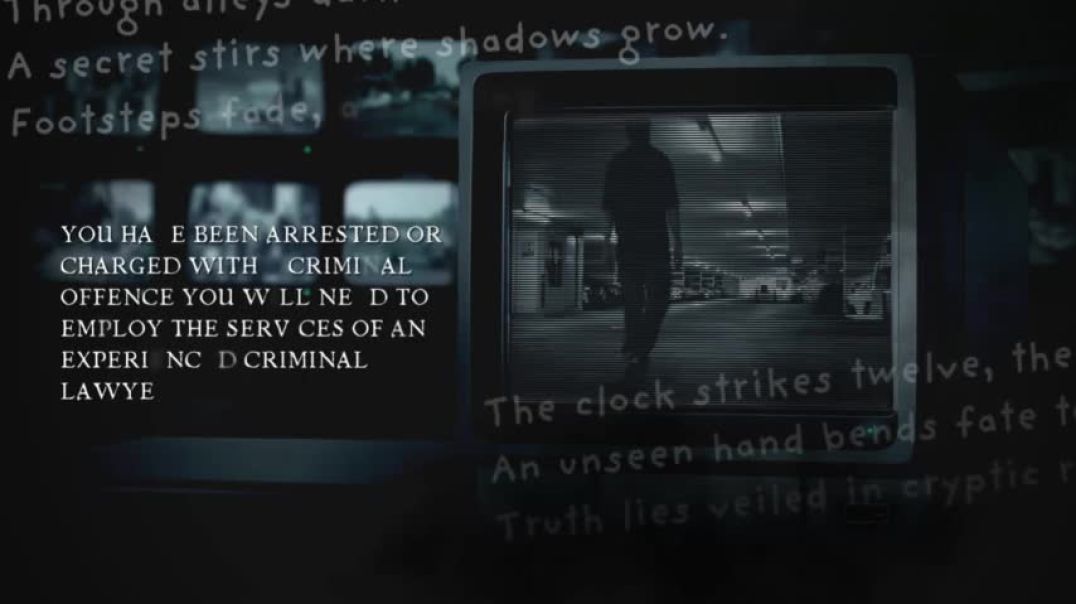
DarrellKaa
17 days ago